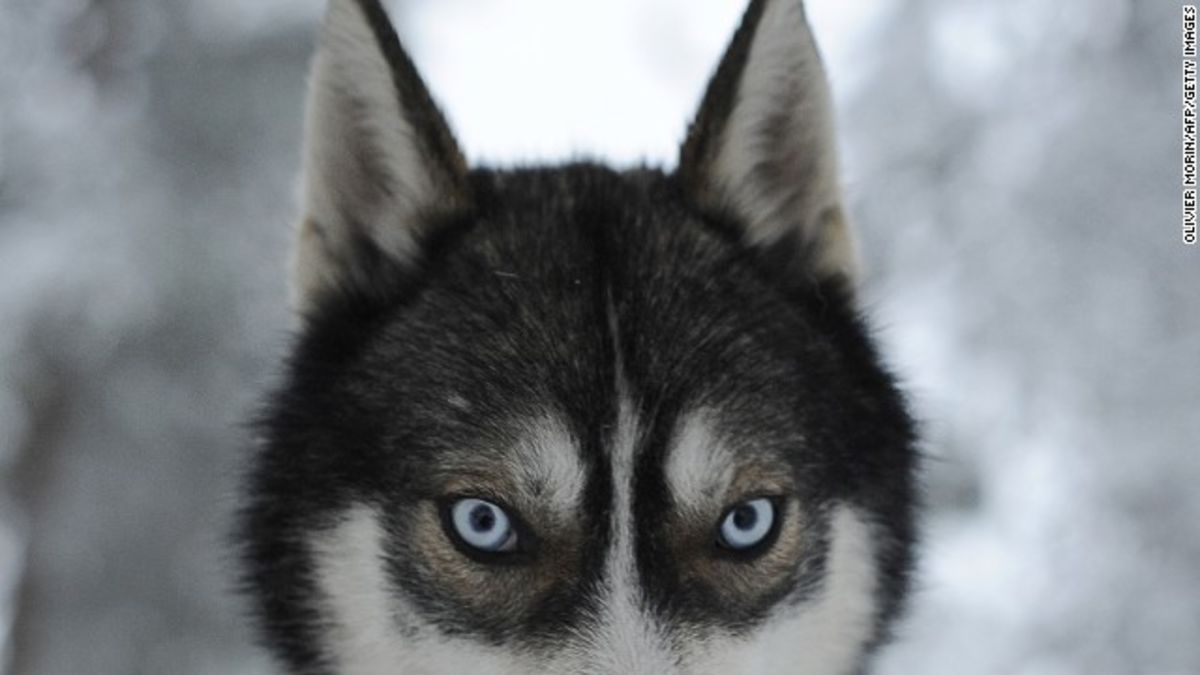Products You May Like
(CNN) — The nights are drawing in and temperatures are dropping in the Northern Hemisphere. And in Finnish Lapland, that means one thing: tourists are on the way, and they want husky rides.
What’s more, the short season means that dogs are essentially out of work for eight months of the year. And with demand exploding, farms cannot afford to breed more dogs, leading to “pop-up” groups flying in from other countries, who are not monitored for welfare standards as the local breeders are.
Overtourism reaches the Arctic Circle
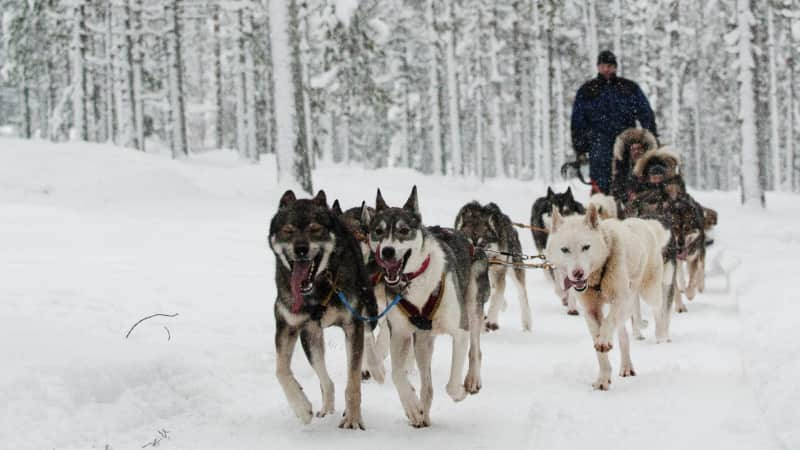
Not all husky farms are equal when it comes to animal welfare
JONATHAN NACKSTRAND/AFP/AFP/Getty Images
“Snowmobile tours had been the most popular tourist activity since the mid 1980s, but two years ago, husky rides became top,” he tells CNN.
“Now, both the number of tourists is growing and the popularity of husky tours is growing — it’s something they expect to do when coming to Lapland.
“Conditions [for the animals] tend to be good, here, but they could always be better.”
But because tourist numbers to Lapland are concentrated over just a few months of the year, huskies are in high demand from December to February — and local suppliers cannot keep up.
To fill the gap, says García-Rosell, husky hobbyists — people who train the dogs to race, but don’t devote their lives to breeding the dogs — fly up to Lapland to run “pop-up” husky safaris during the winter months, often moving around the region.
These teams are usually from the Pyrenees area on the border of France and Spain, or come from Switzerland. “They operate for one or two months, then move on to the next place,” says García-Rosell. “It’s a way of getting money and feeding the animals, but they’re difficult to identify.” More importantly, it means their welfare standards are untrackable. Plus, of course, pop-up providers contribute nothing to the local economy.
Short season puts dogs at risk
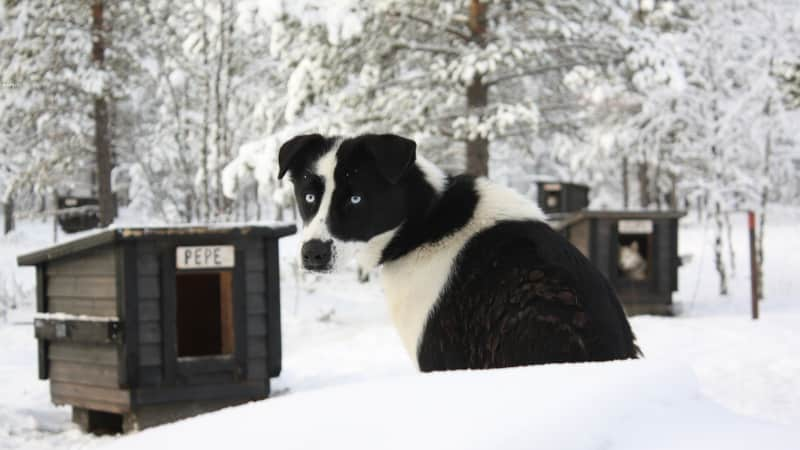
Longer seasons would keep dogs safely employed
Hetta Huskies
What’s more, the exploding demand means that the dogs are essentially unemployed for nine months of the year, and can become casualties of overtourism or economic crisis.
That doesn’t mean you should avoid husky rides — the farms need to make a living. But McCormack and Kiukas both say that making the tourist season longer would be more sustainable for the husky industry.
“Tourists come for a very short period of time, around Christmas and New Year, and through to February,” says Kiukas. “But the dogs are living 12 months of the year. It’s crucial to get visitors coming at slightly different times. They’d get better safaris because they’d be in smaller groups, and the dogs could work normally.”
She suggests autumn husky safaris, where the dogs pull wheeled carts through the countryside. The landscape is still beautiful, and you can be safe in the knowledge that you’re making the industry sustainable. “It allows the kennels to survive financially,” adds McCormack.
García-Rosell says that guests should make their own choices as to whether to patronize a farm that puts its animals down. Some, like Hetta Huskies, commit to them for life. Others have adoption programs where retired dogs are rehomed as pets around Europe, or keep older dogs at the kennels as “greeters” and photo opportunities for visitors.
But he notes that veterinarians can have different opinions on whether an individual animal should be put down, whether it’s a pet or a working animal. “It depends on the customer, what you believe to be the best thing,” he advises. “Decide which company to support based on that.”
Tourists’ assumptions aren’t always correct
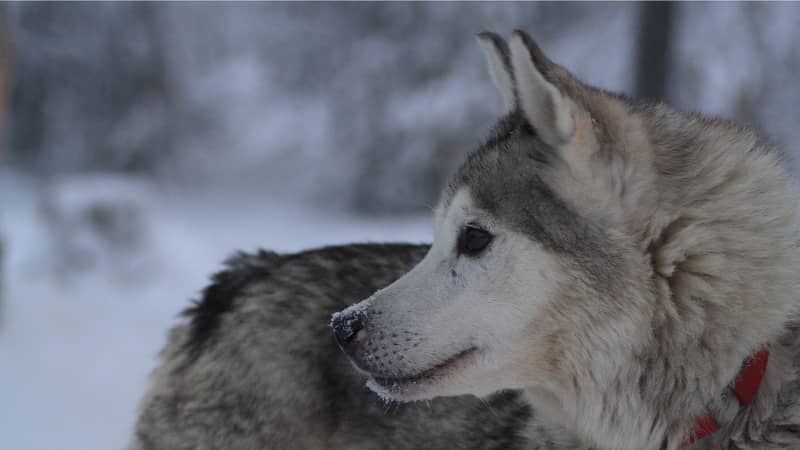
Huskies aren’t pets, say the experts
Hetta Huskies
One benefit of the explosion in tourist numbers is that tour operators and clients alike are starting to demand high welfare standards. That’s great in theory but there’s a problem — what well-meaning animal lovers think of as animal welfare might not be right for huskies.
“Huskies aren’t like pets,” says Riitta Kiukas. “They’re born to run, and they are used to Arctic conditions.”
Sure, your pet dog at home might not do well in -20 degrees Celsius (-4F) conditions, but huskies are born for this — in fact, they can overheat if temperatures are over 5 degrees (41F).
What’s more, if you see a husky chained up at the farm, that’s not necessarily a bad thing.
“For customers, it’s not an easy thing to accept, seeing a dog in chains,” says García-Rosell. “We compare them to our own dogs at home, and wouldn’t like to have ours this way. And there’s pressure from tour operators that dogs should be in kennels, rather than on chains. But that’s not a good solution for an individual animal.
“It depends on the animal. Dogs are social creatures but also have hierarchies, and some don’t get along with the others.
“Usually there are two or three dogs per kennel, but if one isn’t very sociable, the best thing to do can be to put it on a chain where it can see the others passing by, and see the staff.”
Anna McCormack says Hetta Huskies happily tether their dogs. “All the reputable scientific studies by the likes of Cornell University have shown it’s really not an issue whether they’re tethered or caged,” she says.
“Either way the dogs need to be brought out and stimulated through the year. They need training and running.
The industry is going in the right direction but the things animal rights people would highlight aren’t necessarily the key things people need to look at.”
Dogs like long safaris
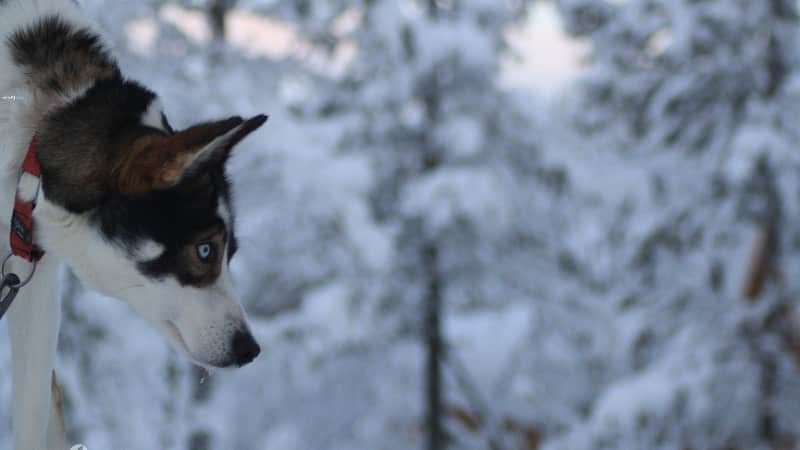
A longer safari is better for the dogs
Hetta Huskies
Most tourists take short husky rides — mostly because of time constraints in a world where we’re all striving to tick off as many experiences as possible in as short a time as possible. Some take them because they assume that day-long, or longer rides, are bad for the dogs.
In fact, the longer the tour, the better for the dogs’ welfare.
“Huskies need to run, they’re not like pets, says Riitta Kiukas. “When you start driving a team of huskies, the human is a little insecure and can brake too much, which makes it harder for the dogs.
“On a long safari, the musher gets used to the husky team. I try to avoid using companies that use very short husky tours so the dogs are running short distances several times a day.
“It’s better to take a longer safari from the point of view of both the huskies and the tourists.”
García-Rosell suggests booking trips of at least 20 kilometers to best benefit the dogs — and provide you with the most enjoyment.
But if you don’t have time to spend a day or an overnight on the safari, Anna McCormack says that farms which continue to work with older dogs are grateful for the shorter trips. As are the dogs.
“Older dogs still want to run. They see the others running and they’re barking to run too, but their bodies don’t support long distances,” she says. “A company needs a range of products to suit the ages of the dogs, and clients should be aware that choosing a shorter tour supports some of the older dogs”.
There are two caveats to this.
First, be prepared for this not to be the fastest tour — the older dogs need to take a little more time. And make sure the dogs running the shorter tours are actually older (over eight years, depending on their fitness). “Companies make the most money off the short tours,” she says — so you need to be sure whether they’re acting in the interests of the dogs’ welfare, or of their bank balance.
End of days
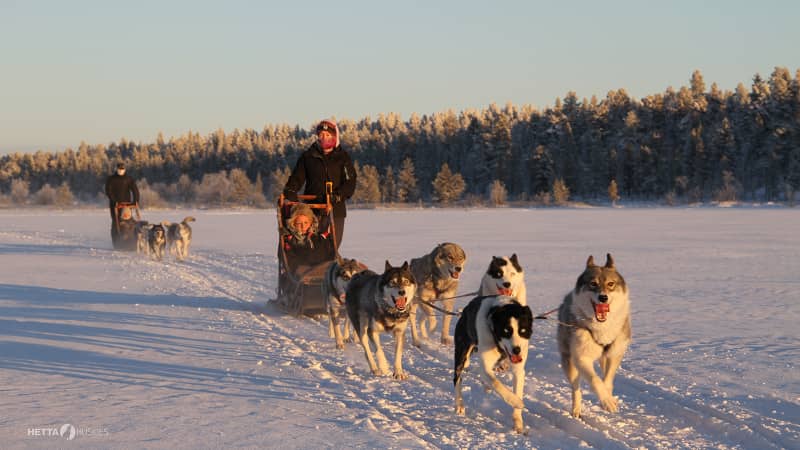
You should be aware of animal welfare but don’t make assumptions
Hetta Huskies
Euthanasia in the Lapland husky industry, is often frowned on by outsiders because there are no rules governing when farms can put animals down.
“We come from a situation where the industry developed out of racing, and people were looking for fast dogs so they bred lots and most wouldn’t make the cut,” says McCormack.
“They were treated more like farm commodities. That’s changing, but it really does need to change [swiftly].
“You need to ask does the company have a commitment to the dogs’ whole lives, or is it just a cycle? I think it’s quite rare not to put them down when they get old.”
Visitors and tour operators often want to ensure that the farms they’re visiting have a healthy population, but, she says, a farm full of young and healthy dogs is a sign that something isn’t right.
“We’ve been assessed for injured dogs, but in all populations there should be ill dogs and old dogs,” she says. “Visitors need to ask farms what proportion of their dogs are aged eight to 14, and whether they have dogs on different diet plans.
“If all their dogs are perfect, you need to ask what’s happened to the normal sample of the population that isn’t.”
Small isn’t always beautiful
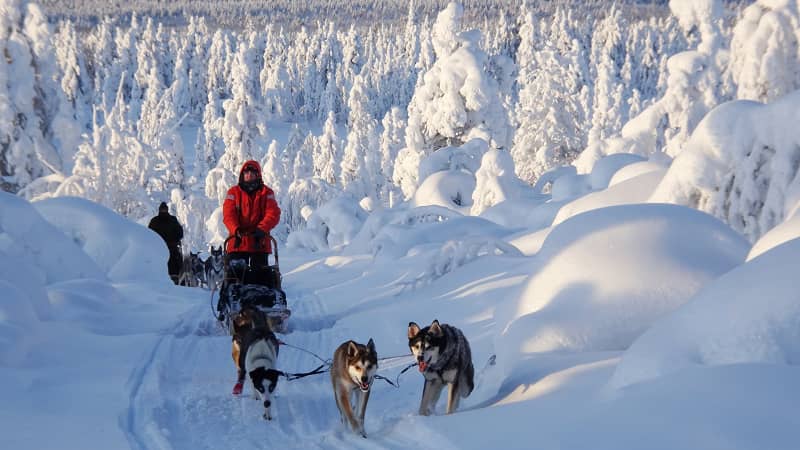
A small farm isn’t necessarily the best idea
Hetta Huskies
Another mistake tourists often make is around farm size.
“People tend to think a small provider is better for welfare, but it’s not necessarily the case,” says says José-Carlos García-Rosell. “They could be great but they could also be terrible.”
Large farms tend to have more staff. This means that some will look after the animals, while others handle marketing and reservations.
“In a small company, you might have one person dealing with the animals, logistics and marketing.”
McCormack — who has more than 250 dogs — says that fewer animals can make it more difficult to financially sustain the older population throughout the year.
What to ask a husky breeder
The key, say the experts, is to ask questions of the farm you’re booking with. Do the dogs have schedules? A well run husky farm will have individual schedules for all the dogs, showing how far they can run, and when, depending on their age and health. They should also have one day off a week, says Riita Kiukas.
The company running the safaris should be a local one, and they should have a a policy on euthanasia — it’s up to you whether it’s one you personally agree with, says García-Rosell.
Crucially, ask their policy around the length of tours, says McCormack — and whether the shorter ones are being “staffed” by older dogs, or seem to be done for the benefits of tourists, rather than the animals.
Asking what happens to the dogs in summer is also a key question. And if you visit the kennels, the dogs should look slim but not emaciated, and there shouldn’t be any growling, teeth-baring or looking fearful.
Husky owners in Finland are legally required to keep a record of the distances their dogs run. Hetta Huskies has a traffic light chart showing which dogs are in need of a run, and which need a rest.
Good farms will wheel out a list of animal welfare policies when asked, or have them upfront on their website, agree the experts. If they don’t, that’s a warning sign.
“Apart from anything else, happy dogs means a more enjoyable trip for you.”
